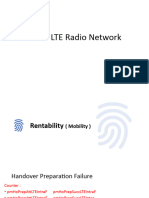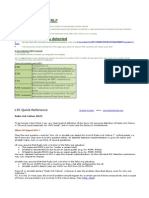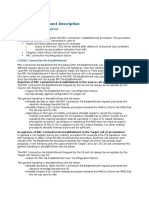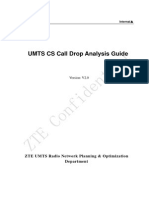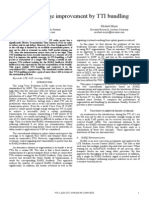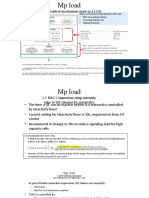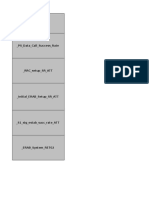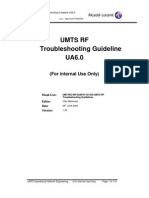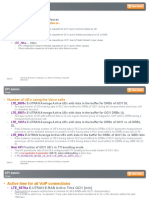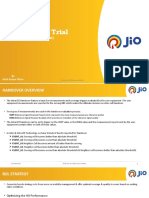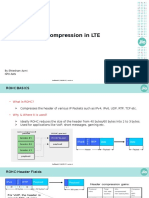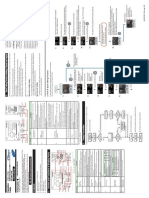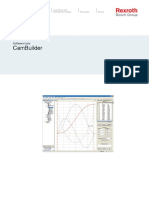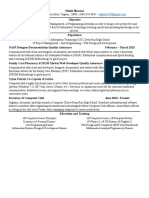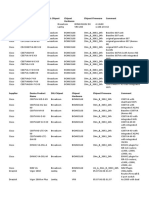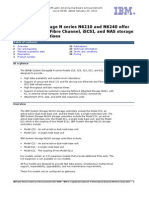0% found this document useful (0 votes)
243 views2 pagesTitle: Throughput Analysis Flow Chart
The document describes a flow chart for throughput analysis. The flow chart outlines steps to identify low throughput sectors, check for consistent issues, analyze traffic patterns, check neighboring cells and zones, and investigate configuration, coverage, and interference issues.
Uploaded by
rahulCopyright
© © All Rights Reserved
We take content rights seriously. If you suspect this is your content, claim it here.
Available Formats
Download as PDF, TXT or read online on Scribd
0% found this document useful (0 votes)
243 views2 pagesTitle: Throughput Analysis Flow Chart
The document describes a flow chart for throughput analysis. The flow chart outlines steps to identify low throughput sectors, check for consistent issues, analyze traffic patterns, check neighboring cells and zones, and investigate configuration, coverage, and interference issues.
Uploaded by
rahulCopyright
© © All Rights Reserved
We take content rights seriously. If you suspect this is your content, claim it here.
Available Formats
Download as PDF, TXT or read online on Scribd
/ 2

